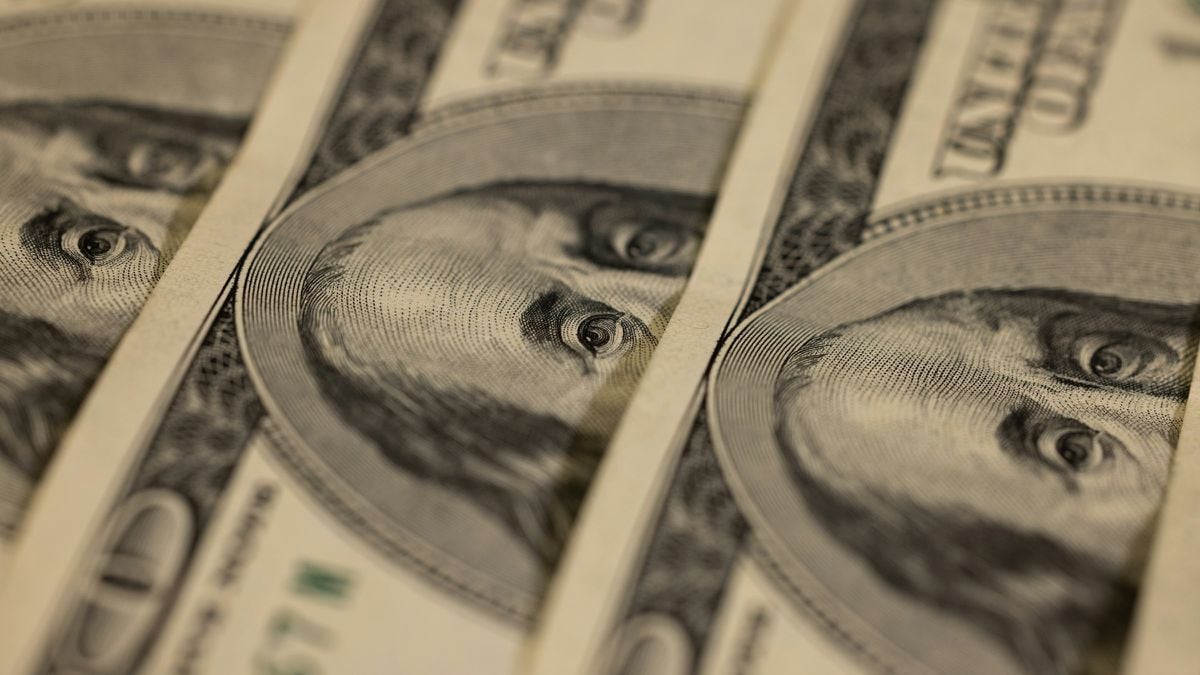Within the ambit of global finance, the BRICS consortium is charting a new course, one that might see the dominance of the US dollar wane.
The perennial reign of the dollar, solidified by the Bretton Woods accord, now faces scrutiny as the BRICS nations ponder alternatives. The bloc’s quest to decentralize global economic power from the dollar has surged from dialogues to serious strategic planning.
Crafting an Alternative Currency
BRICS harbors ambitions to architect a bespoke currency, potentially marking a seismic shift in the monetary realm. The bloc’s members are flirting with the idea of introducing a novel currency that could rival the dollar’s clout.
Such an initiative carries with it a tapestry of challenges, from the design to the acceptance across varied economic landscapes. This currency would necessitate a stable peg, potentially linked to gold, a concept already stirring discussions within the bloc.
The New Development Bank could play a pivotal role in issuing this currency. However, logistical conundrums loom large, with the vast array of economic climates within BRICS nations to consider.
Despite these hurdles, the idea is not on the fringes; it is taking center stage with the 2024 summit expected to herald updates on its viability and progress.
Leveraging Local Currency Clout
An alternate scenario envisions the ascendancy of a BRICS national currency, such as the Chinese yuan or the Indian rupee, to usurp the dollar’s reserve status. While this route may seem less cumbersome than creating a new currency, it’s not devoid of complications.
This approach could be perceived as antithetical to the very principles of equality and cooperation that BRICS stands for, as it would elevate one nation’s currency to preeminence.
Despite these considerations, the idea has merit, given that BRICS countries already hold reserves in these currencies, which could smooth the path to wider adoption.
This isn’t mere speculation; the mechanism has already seen implementation, with trades being settled in local currencies, sidestepping the greenback.
Digital Solutions and BRICS Pay Potential
The digital landscape could furnish BRICS with an effective strategy to dethrone the dollar. Innovations like the BRICS Pay system and China’s digital yuan are indicative of a digital evolution in currency that the bloc might spearhead.
The digital yuan, in particular, has gained traction in international settlements, and China is actively exploring broader applications. Digital assets’ inherent benefits could revolutionize global trade.
A digital BRICS currency, rooted in blockchain technology, could offer seamless cross-border transactions without the entanglements of traditional banking systems.
This prospect aligns with the technological zeitgeist, suggesting that the most practical means for BRICS to diminish the dollar’s global stronghold might lie in the digital domain.
As the digital yuan’s blueprint demonstrates, the capability of such a currency in international commerce is substantial. When coupled with the infrastructural muscle of BRICS Pay, the bloc positions itself at the vanguard of a potential digital economic order.
The digital arena offers a fertile ground for the bloc, one where the constraints of the physical world give way to the boundless potential of technology.
BRICS is not simply postulating on the future; it’s actively sculpting it. The bloc’s search for a dollar alternative is underpinned by a blend of ambition and pragmatism, exploring the tangible to the digital.
As the countries forge their path, the global financial architecture braces for change.
One thing is clear: the bloc is no longer content to operate within the established paradigms and is pushing towards a future where their currencies, and their visions for global economic balance, have a fighting chance to redefine the norm.





